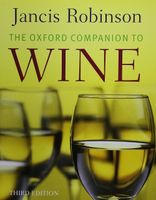🔥 Try our grilling cookbooks and save 25% on ckbk membership with code BBQ25 🔥
Tuscany: Medieval history
Published 2006
Viticulture flourished despite the frequent, small-scale civil wars. The region produced more or less equal amounts of oil and wine, but by far the largest crop was wheat. Smallholders were rare in this part of Italy, since the land was mostly owned by monasteries, the local aristocracy, and, increasingly, by merchants in the cities. The system of agriculture was often that known as mezzadria, sharecropping whereby the landowner would provide the working capital and the land in return for half (mezzo, hence the name) the crop. In 1132, for instance, the Badia (Abbey) di Passignano (whose wine is now made and sold by the merchants antinori) leased some of its land to a wealthy cobbler for half his crop of olive oil and wine.
Become a Premium Member to access this page
Unlimited, ad-free access to hundreds of the world’s best cookbooks
Over 160,000 recipes with thousands more added every month
Recommended by leading chefs and food writers
Powerful search filters to match your tastes
Create collections and add reviews or private notes to any recipe
Swipe to browse each cookbook from cover-to-cover
Manage your subscription via the My Membership page
Part of
Advertisement
Related Recipes
-
-
-
-
Related Reference
-
-
-
-
Advertisement



